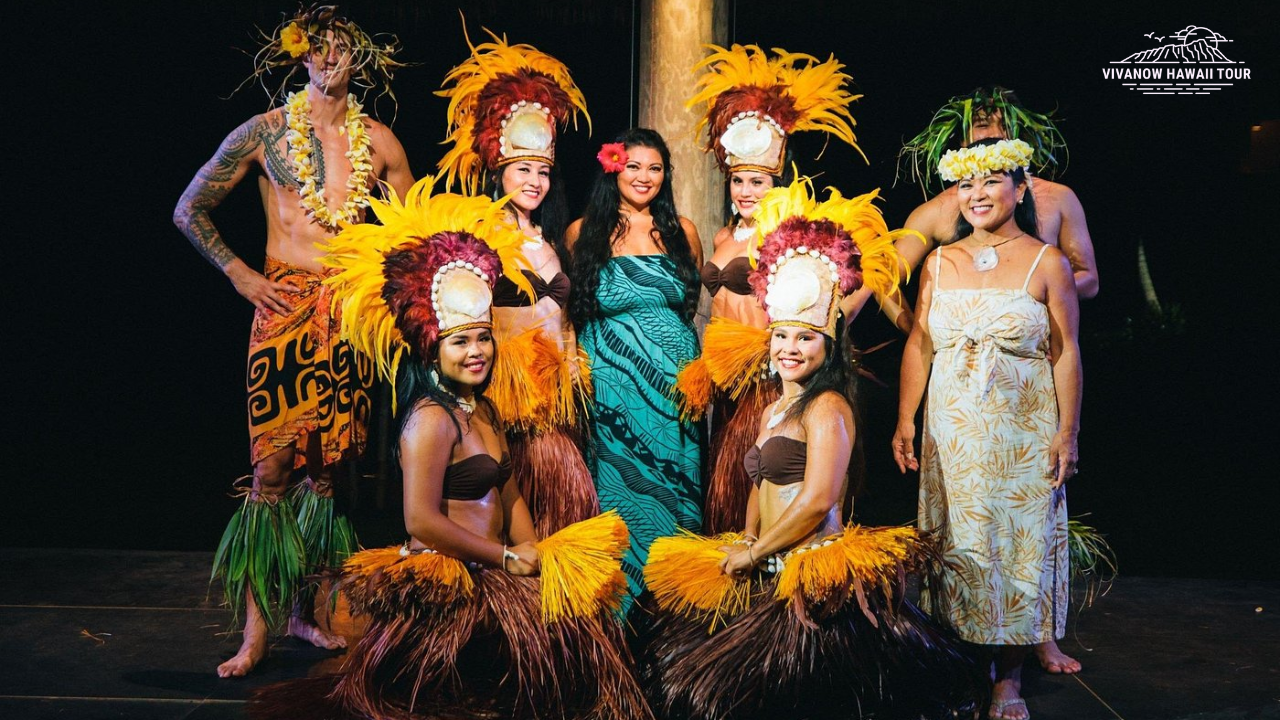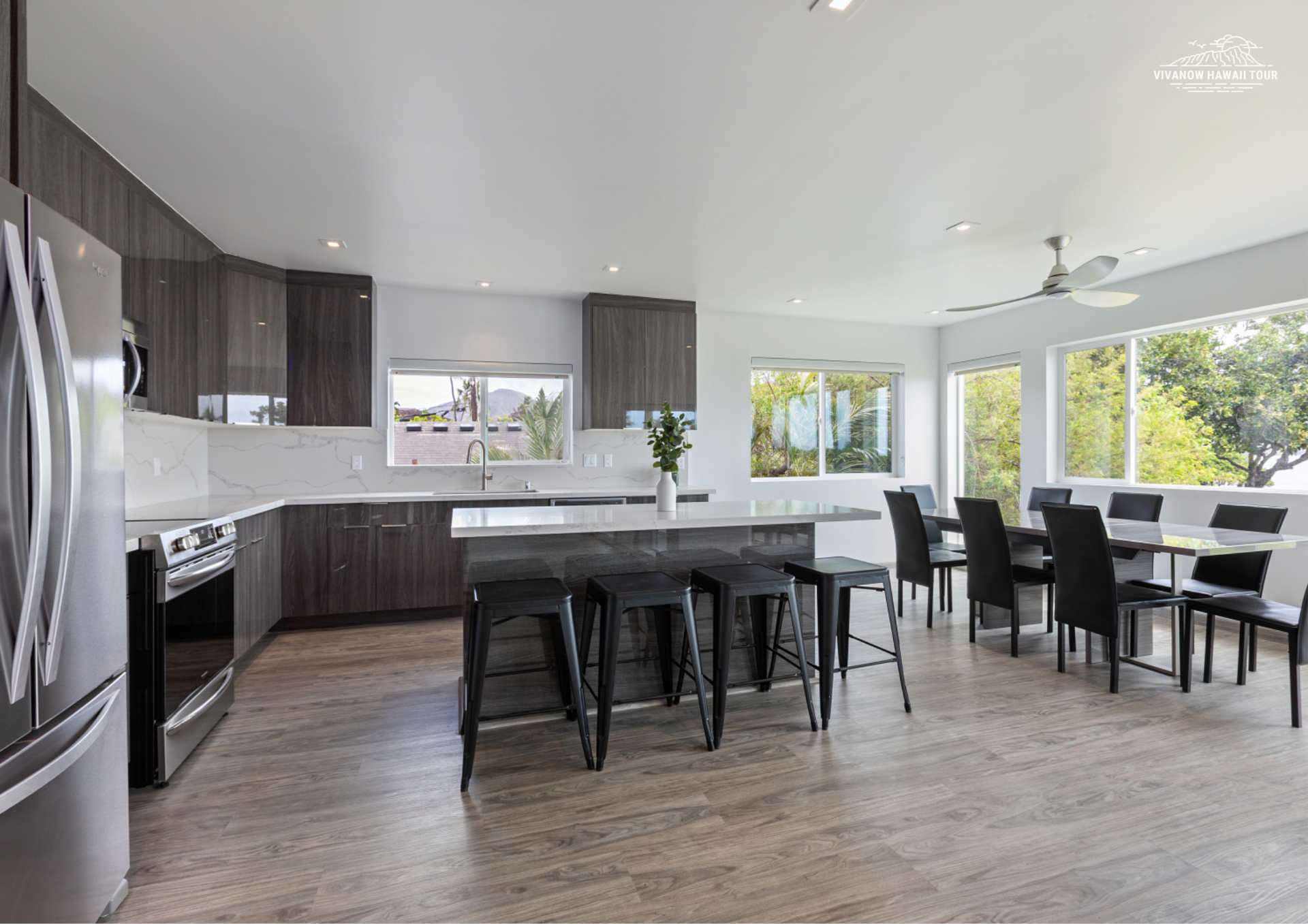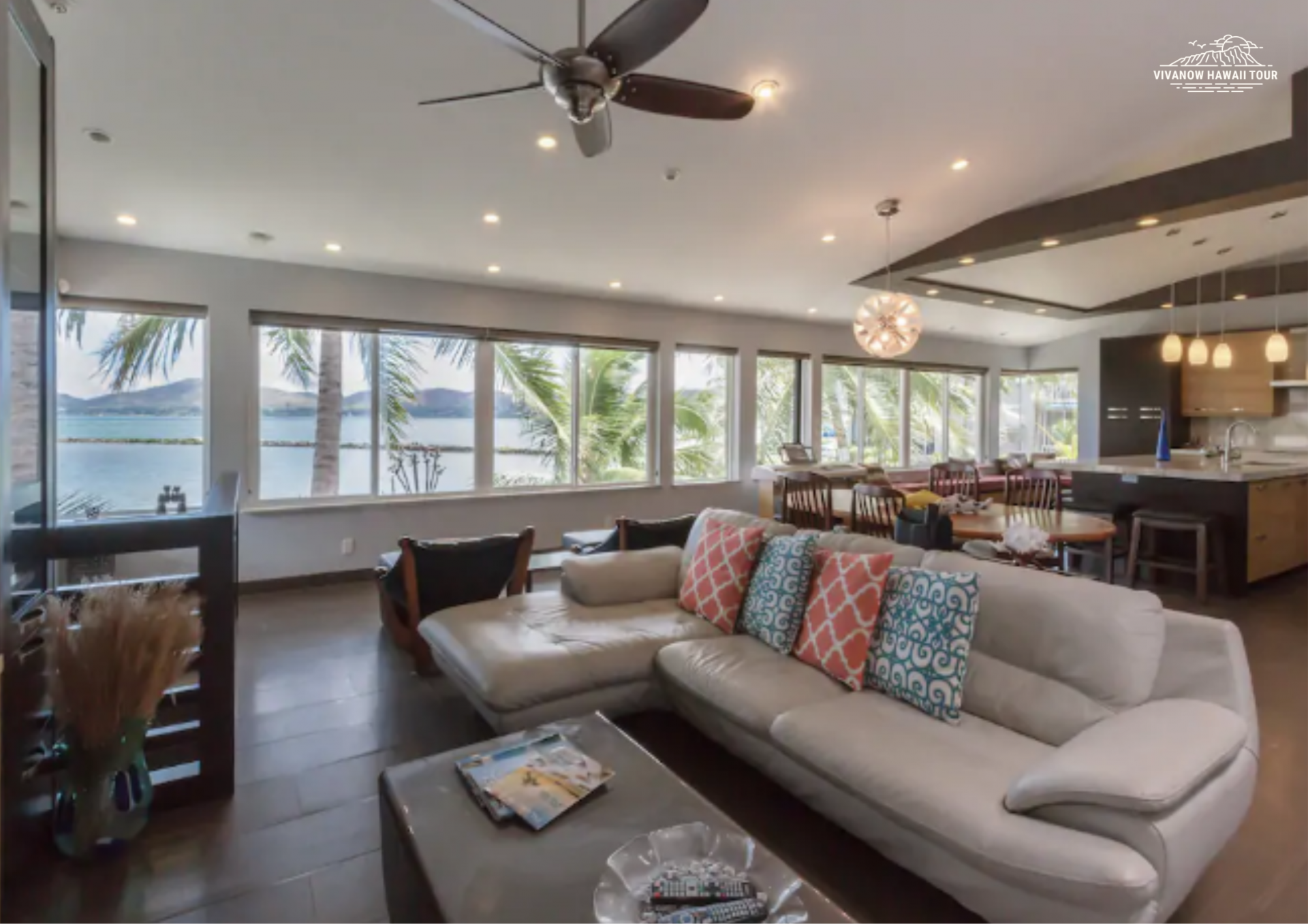Vườn Moanalua - Thiên đường nhiệt đới của Honolulu
Vườn Moanalua là một công viên tư nhân rộng 24 mẫu Anh với cảnh quan nguyên sơ, nổi tiếng với cây đậu khỉ khổng lồ và ngôi nhà cổ. Khu vườn rộng lớn này nằm cách trung tâm thành phố Honolulu khoảng 15 phút về phía bắc. Công viên thu hút những người tìm kiếm sự thư giãn, khách tham quan và những người chỉ muốn thoát khỏi thành phố trong một khung cảnh an toàn, hấp dẫn với những cánh đồng xanh mướt và rừng cây rợp bóng.
Khu vườn này vốn thuộc sở hữu của Vua Kamehameha I, người sáng lập Hawaii. Ngày nay, khu vườn thu hút du khách từ khắp nơi và là một nơi nghỉ dưỡng thanh bình cho kỳ nghỉ gia đình với khung cảnh đẹp như tranh vẽ. Khu vườn cũng là địa điểm tổ chức đám cưới hoặc các sự kiện khác.
Lịch sử Vườn Moanalua
Năm 1884, Samuel Mills Damon, một thương gia thuộc vương quốc Hawaii, thừa kế vùng đất Moanalua rộng 6.000 mẫu Anh. Vùng đất này trước đây thuộc sở hữu của dòng họ Kamehameha. Damon đến Moanalua vào năm 1890 và cư trú tại nhà nghỉ mát của Hoàng tử Lot Kapuaiwa, con trai của Kamehameha V, và bắt đầu trùng tu lại nơi này.
Vườn Moanalua được thành lập vào năm 1898 khi Damon đến Edinburgh và gặp Donald Macintyre, một nhà thiết kế cảnh quan trẻ người Scotland. Ông đã mời Macintyre đến đảo để thiết kế khu vườn và bố trí các bãi cỏ, được trồng các loại cây bóng mát, cây xoài, cây đậu đũa và các loại cây và hoa nhiệt đới khác. Các gian nhà kính được xây dựng khắp khu vườn để trưng bày các loài thực vật kỳ lạ như hoa lan.
Những điểm nổi bật của Vườn Moanalua
Trong công viên công cộng Moanalua Gardens, có hai điểm tham quan chính. Đầu tiên là Biệt thự Kamehameha V, nằm ở phía tây của khu vườn và thuộc sở hữu của gia đình hoàng gia Hawaii. Ngôi nhà được xây dựng vào những năm 1850 bởi Lot Kapuâiwa, vị vua tương lai Kamehameha V. Nó đã được di dời đến bốn vị trí khác nhau trong công viên qua nhiều năm.
Cây Hitachi khổng lồ, một loại cây thuộc họ đậu khỉ nổi tiếng với tán lá hình ô đặc trưng, là điểm thu hút chính thứ hai. Nó nằm ở trung tâm công viên và đã được Thành phố và Quận Honolulu công nhận là Cây Đặc Biệt, có nghĩa là không được di dời hoặc chặt bỏ mà không có sự cho phép của thành phố. Ngoài ra, bạn cũng có thể chiêm ngưỡng những nhà kính độc đáo nằm rải rác quanh khu vực.








